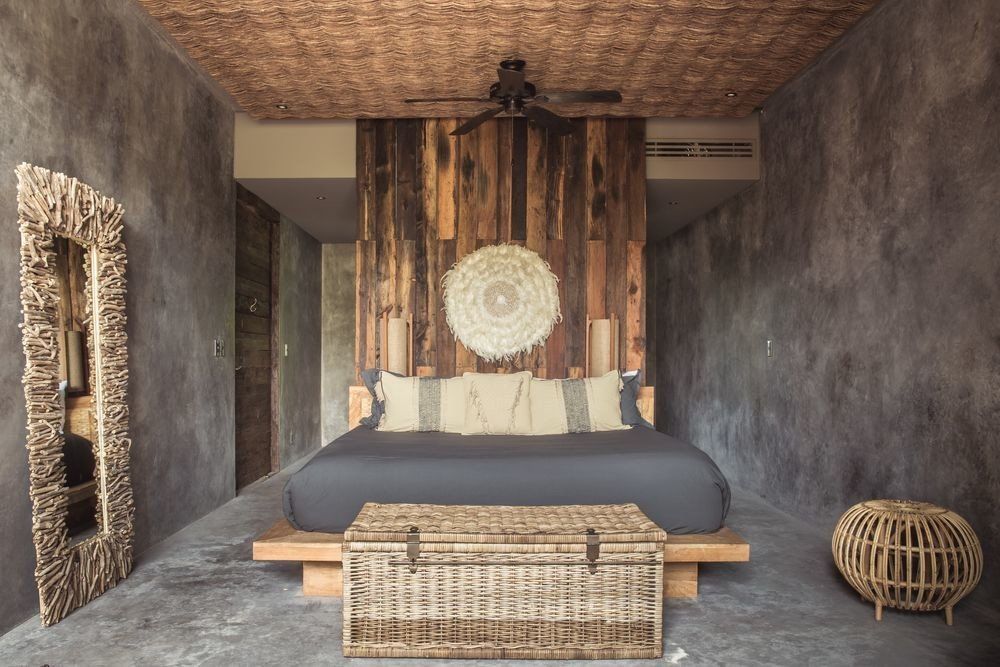The Underrated Impact of Decoration and Pictures on Hotel Success

In the competitive landscape of the hospitality industry, the journey from searching for accommodations to the actual guest experience is a nuanced process. While often overlooked, the role of decoration and visuals in this journey is more significant than commonly perceived.
1. The Power of First Impressions: The hotel search begins with online platforms, where potential guests explore options. The first point of contact is often visual – images of the hotel lobby, rooms, and amenities. A well-decorated and visually appealing space captures attention, creating a positive initial impression.
2. Social Media Influence: In the age of Instagram and other visual-centric social platforms, guests often turn to these platforms for inspiration and recommendations. A visually attractive hotel, both in its decor and overall aesthetics, is more likely to be shared and recommended by guests, increasing its visibility and appeal.
3. Visual Storytelling for Brand Identity: Online booking platforms provide guests with an array of choices. The visual elements of a hotel, including its decor, contribute to the storytelling of the brand. A cohesive and visually pleasing identity can set the hotel apart and attract guests seeking a specific ambiance or experience.
4. Data-Driven Design Decisions: Prior to booking, potential guests may engage with reviews and ratings. Data analytics can inform design decisions, aligning the visual elements with guest preferences and expectations. This approach ensures that the decor resonates with the target audience, influencing booking decisions.
5. Emotional Connection with Guests: The booking phase transitions to the actual stay, where guests seek a connection with the space. Thoughtful decor, personalized touches, and unique design elements contribute to a sense of authenticity, fostering an emotional connection with guests during their stay.
6. Maximizing Revenue Potential: As guests experience the hotel, the impact of decoration extends to revenue potential. A well-designed and aesthetically pleasing environment can justify premium pricing, as guests perceive added value in the overall experience. This positively influences revenue and profitability.
7. Examples of Success: Notable hotels worldwide serve as examples of successful integration of decoration and visuals. The Aman Tokyo, with its minimalist luxury, and the QT Melbourne, known for its vibrant and eclectic design, showcase how intentional decor contributes to memorable guest experiences.
8. Impact on Guest Reviews and Ratings: The guest experience concludes with reviews and ratings. Positive comments often highlight the design, ambiance, and overall aesthetics, influencing the hotel's online reputation. This feedback becomes a crucial factor for potential guests in their future search and booking decisions.
In conclusion, the impact of decoration and visuals on hotel success unfolds seamlessly from the initial search to the final guest reviews. Recognizing the importance of creating visually appealing spaces at every stage of the guest journey positions hotels for sustained success in a competitive market.